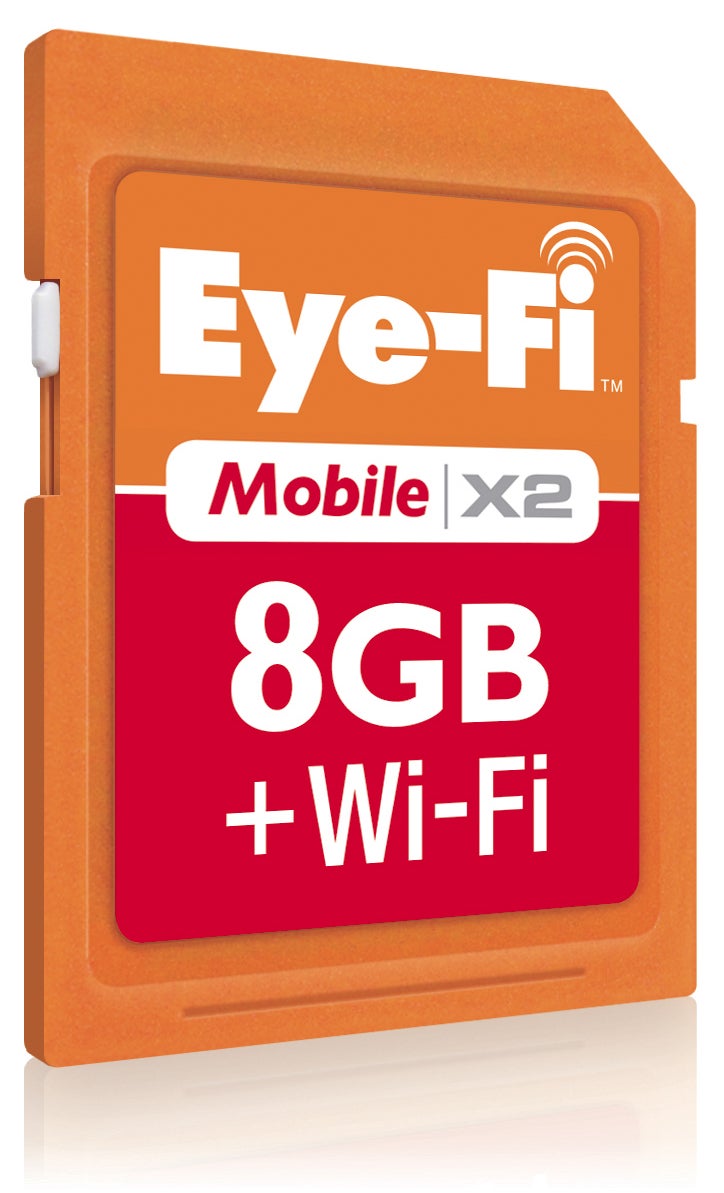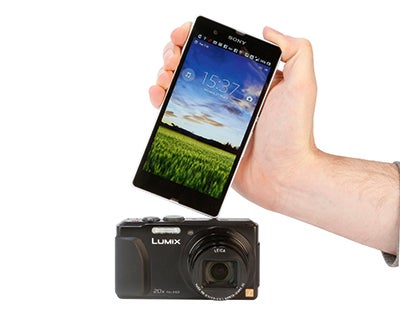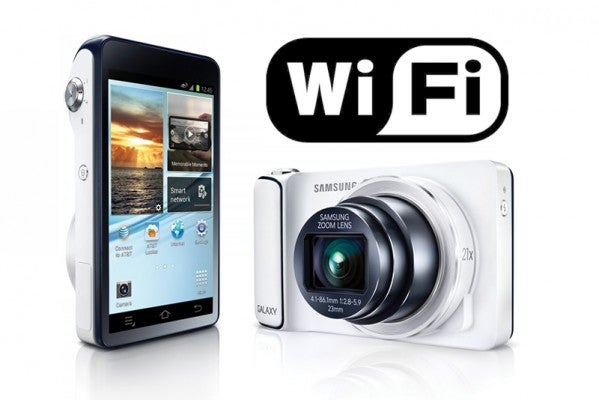Essential Guide to Wi-fi – Alternative Methods
Other ways to get connected

If you don’t own a Wi-fi enabled camera but would like to get connected then, depending on the make and model of your camera, there may be a specific add-on available. For example, Nikon offers the WU-1a and WU-1b Wireless Mobile Adaptors (£45), which are essentially small wireless access points units that can be plugged into a range of Nikon DSLRs, advanced compacts and compact system cameras to add Wi-fi functionality.
Canon also offers a range of wireless transmitters, although these are designed primarily for professional use and individually tailored to particular models in Canon’s EOS DSLR range. Olympus, meanwhile, offers a PENPAL PP-1 transmitter, although this uses Bluetooth rather than Wi-fi to push images to a smartphone.

Another way to get connected comes courtesy of Eye-Fi memory cards. These are essentially SD memory cards where the Wi-fi connectivity element is built into the actual card. The Wi-fi signal generated by an Eye-Fi card can be picked up by a mobile device using a dedicated app that’s free to both Android and iOS users. The beauty of Eye-Fi is that it’s open to all camera owners – at least those with cameras that take SD cards. The Eye-fi website allows you to check if your camera is compatible.
There are two types of Eye-Fi card to choose from, each of which comes in a range of storage sizes. The Mobi range is the basic card and offers basic camera-to-mobile image transfer. The more advanced Pro X2 range can handle Raw files as well as JPEGs and also offers additional support for use in home studios where a Wi-fi network is present. Neither card offers remote control over your camera, wireless printing or direct uploads to the internet though. Expect to pay around £35 for a 8GB Mobi card or £50 for an 8GB X2 Pro card.

NFC – the new wireless?
NFC stands for Near Field Communications and is a branch of wireless technology that uses radio waves to allow two devices to communicate over very short distances, typically of no more than an inch or two. NFC technology is overseen by the NFC Forum, which much like the Wi-Fi Alliance is a grouping of interested parties whose primary concern is to ensure interoperability between various NFC-branded devices.
On a more practical level the big advantage with NFC is that it allows two devices to share data (including image files) simply by tapping them together. This takes away the need for any complicated set-ups or configurations prior to exchanging information – simply tap and go.
With respect to digital cameras the technology is still not widely available, however it is becoming increasingly popular with mobile phones, so the chances are that it will soon catch on more widely with cameras too.





